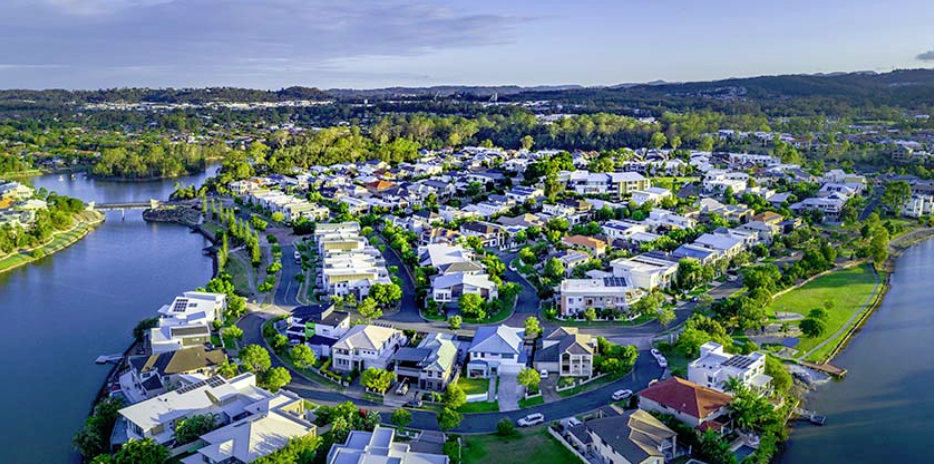The report from buyer’s agency InvestorKit has analysed housing affordability through the lens of home loan serviceability – the ability to make repayments on a mortgage.
It has calculated the percentage difference between the median house price and the “affordable house price” across each city, based on the average local wages for a dual-income household and loan affordability of 30 per cent income.
InvestorKit calculated the maximum house price of an affordable home loan repayment for a 3.5 per cent interest rate, as well as for a 4.5 per cent rate – allowing for a potential cash rate hike.
Only Sydney and Melbourne house prices exceeded the affordability threshold.
However InvestorKit founder and head of research, Arjun Paliwal, commented that while the remaining capital cities are affordable, cash rates movements could shake that up.
“Cash rate hikes would affect housing affordability to a large extent, particularly in the ACT, where a 1 per cent rate rise would see house prices shift from affordable to unaffordable,” he said.
“Fortunately, the RBA recently indicated that there would not be a cash rate increase in 2022 – good news for homebuyers planning to enter the market in the coming year.”
Sydney was found to have the most overvalued prices, with the median house value sitting at $1.1 million, exceeding the calculated affordable median price of 3.5 per cent interest of $862,000.
According to InvestorKit, the Sydney property market is overvalued by 22.3 per cent – meaning that prices are that much higher than the average household can afford.
If home loan rates were to rise by 1 percentage point, to 4.5 per cent, the market would exceed the affordable level by around a third (31.2 per cent).
Meanwhile the Melbourne median house price of $818,000 exceeded the affordability level by 2.8 per cent at a 3.5 per cent interest rate.
At 4.5 per cent interest, the market would be overvalued by 13.9 per cent, with the maximum affordable price being $795,000.
The median price in Canberra was $826,000, 6.6 per cent below the affordability threshold. But if interest rates were to climb by 1 per cent, houses would become 5.6 per cent higher than the average dual-income household could afford.
Brisbane’s median house price was $603,000 – 29.6 per cent lower than the affordable median price at a 3.5 per cent interest rate.
If interest rates picked up by 1 per cent, Brisbane would still reportedly be undervalued, at 14.8 per cent below the affordability level.
However, the city is expected to see strong growth in 2022, carrying on high interstate migration from the past year.
Similarly, InvestorKit has forecast Adelaide will also see strong growth in the coming year.
Adelaide’s median house price of $526,600 was 42.8 per cent below the affordability threshold and 26.5 per cent lower at a 4.5 per cent loan interest rate.
The most undervalued city recorded was Perth, with a median house price of $510,000, 63 per cent cheaper than the maximum price a local household could afford and 44.7 per cent lower if interest rates rose by 1 per cent.
Hobart’s median price of $595,000 was undervalued by 18.3 per cent at 3.5 per cent interest. If interest rates rose by 1 per cent, median house prices would be 5 per cent lower than the affordability threshold.
Although house prices weren’t as high as other cities, Hobart had the lowest average personal income, with affordability likely to slip for locals if lending rates are raised.
In contrast, the Northern Territory’s capital had the highest personal income level, combined with relatively low house prices.
Darwin had a median price of $550,000, 61.3 per cent below the affordability level and 42.8 per cent below, if interest rates rose to 4.5 per cent.
InvestorKit found the Darwin sales market to be the highest in a decade.
“The sales market is so active that both listings and sales volume are increasing steadily,” Mr Paliwal said.
“Many are trying to use this booming time to get out, in our opinion, as listings don’t rise at this rate when boom conditions typically occur.”
[Related: Government bodies to explore housing affordability solutions for NSW]

